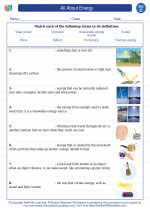Mollusks
Mollusks are a diverse group of invertebrate animals that include creatures such as snails, clams, octopuses, and squids. They are known for their soft bodies and typically have a hard external shell. Mollusks are found in marine, freshwater, and terrestrial environments, making them one of the most widespread groups of animals on the planet.
Characteristics of Mollusks
- Soft Body: Mollusks have a soft, unsegmented body that is often protected by a hard shell.
- Mantle: They possess a mantle, which is a thin layer of tissue that covers the body and secretes the shell in shelled mollusks.
- Radula: Many mollusks have a radula, which is a unique feeding organ covered with tiny, tooth-like structures.
- Foot: Mollusks typically have a muscular foot used for locomotion.
Types of Mollusks
There are seven classes of mollusks, each with its own unique characteristics:
- Gastropods: Includes snails and slugs.
- Bivalves: Includes clams, mussels, and oysters.
- Cephalopods: Includes squids, octopuses, and nautiluses.
- Chitons: Have overlapping shell plates and are commonly found in rocky intertidal areas.
- Scaphopods: Also known as tusk shells, these mollusks have tubular shells and are found in marine environments.
- Monoplacophorans: Primitive mollusks with a single, cap-like shell.
- Aplacophorans: Worm-like mollusks that lack a shell and are found in deep-sea habitats.
Ecological Importance
Mollusks play a crucial role in various ecosystems. They serve as food for other animals, help control algae levels, and some species are even used as indicators of environmental health. Additionally, mollusks provide valuable resources for humans, including food (e.g., clams, oysters), jewelry (e.g., pearls), and pharmaceutical compounds.
Study Guide Questions
- Describe the characteristics of a mollusk's mantle and its function.
- What is the role of a mollusk's radula in feeding?
- List and describe three different classes of mollusks.
- Explain the ecological importance of mollusks in marine ecosystems.
- Discuss the economic value of mollusks to humans.
[Mollusks] Related Worksheets and Study Guides:
.◂Science Worksheets and Study Guides Third Grade. All About Energy
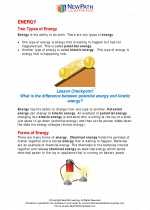
 Worksheet/Answer key
Worksheet/Answer key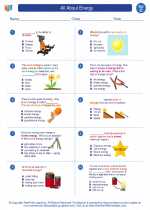
 Worksheet/Answer key
Worksheet/Answer key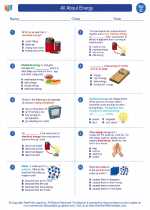
 Worksheet/Answer key
Worksheet/Answer key
 Worksheet/Answer key
Worksheet/Answer key
 Worksheet/Answer key
Worksheet/Answer key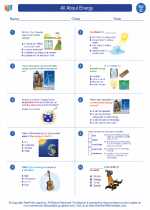
 Worksheet/Answer key
Worksheet/Answer key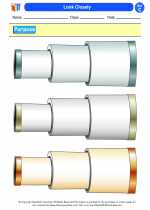
 Vocabulary/Answer key
Vocabulary/Answer key
 Vocabulary/Answer key
Vocabulary/Answer key
 Vocabulary/Answer key
Vocabulary/Answer key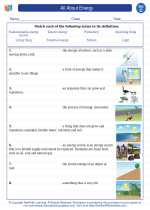
 Vocabulary/Answer key
Vocabulary/Answer key